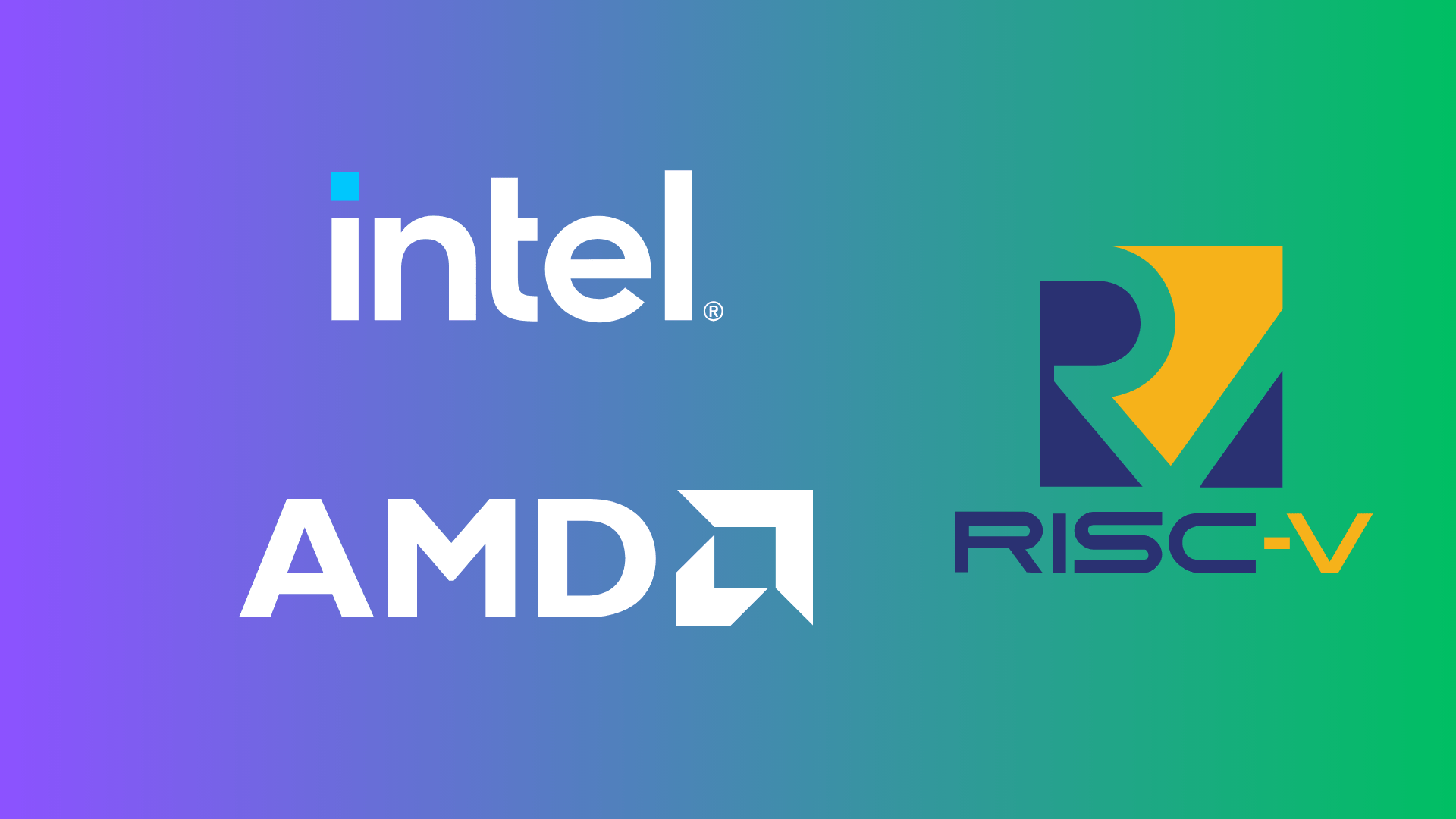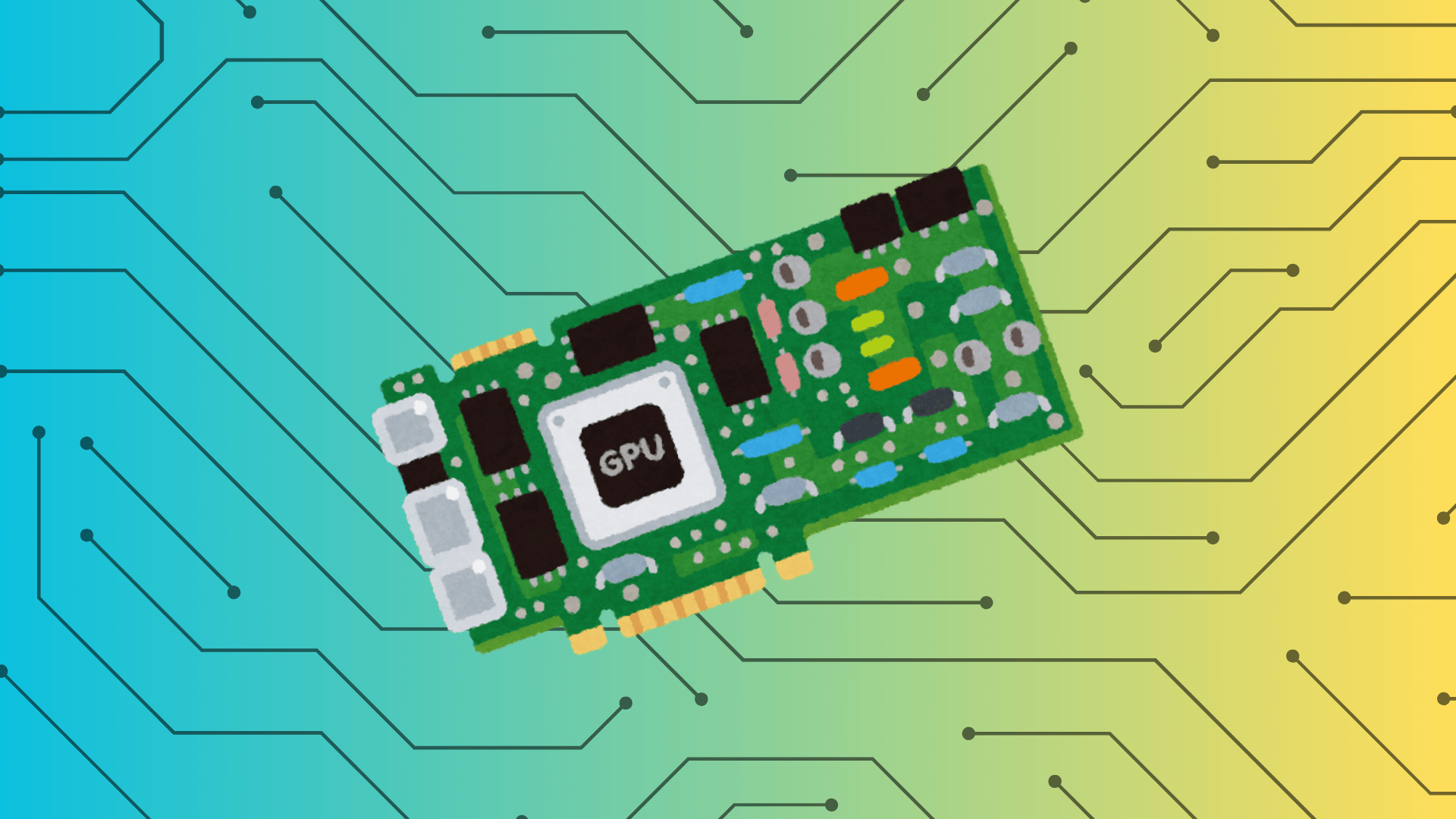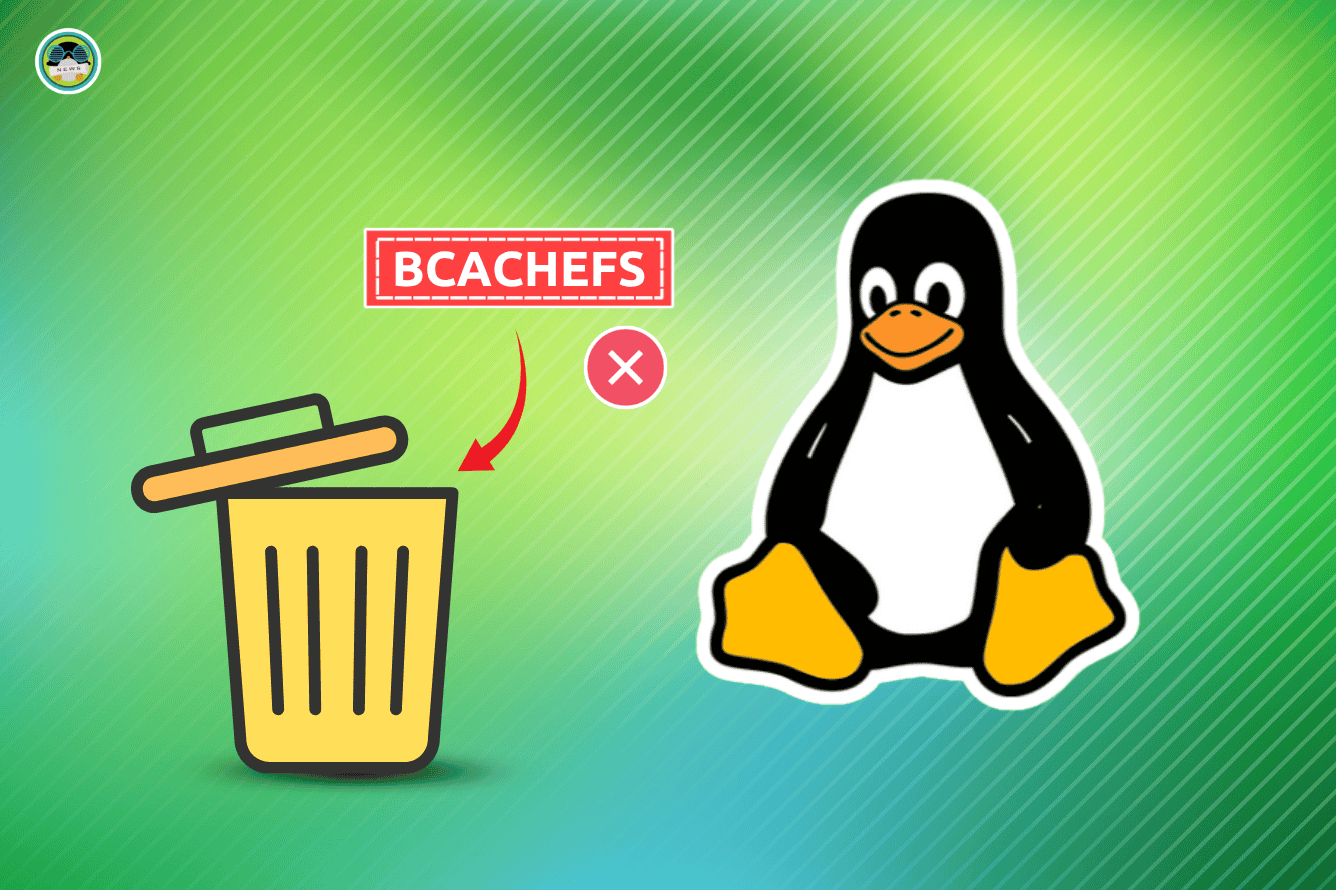
A new Linux release is here with improved performance, better reliability, and expanded support for new hardware. Landing two months after the previous version, it marks another milestone in the ongoing development of the kernel that powers much of the IT world.
As usual, Linus Torvalds had a few thoughts to share:
It's Sunday afternoon, and the release cycle has come to an end. Last
week was nice and calm, and there were no big show-stopper surprises
to keep us from the regular schedule, so I've tagged and pushed out
6.16 as planned.
Linux Kernel 6.16: What's New?
If you are looking for an LTS kernel release, Linux 6.16 is not it. You can go for Linux kernel 6.12 or wait for the upcoming 6.17 release.
In this article, we will focus on three key highlights of this release:
- CPU-focused Upgrades
- GPU Support Refinements
- Better Storage Handling
CPU-focused Upgrades

We kick things off with the changes related to AMD, where the AMD-SBI driver and subsystem were introduced to improve power and thermal monitoring. This allows better management of AMD CPUs in Linux 6.16.
Next up is the AMD SEV vTPM support, which enhances virtual machine security by enabling virtual trusted platform modules. This addition improves confidential computing for AMD-based encrypted VMs.
Following that, Linux 6.16 improves reset cause reporting for AMD Zen processors. This feature helps identify the reason behind any prior system crashes or reboots, making troubleshooting more effective.
On the Intel side, this kernel release introduces TDX host support for KVM, improving virtual machine isolation through hardware-based security. It also adds an overclocking watchdog to better monitor and control CPU performance.
Rounding out the x86 updates, Linux 6.16 adds a new X86_NATIVE_CPU kernel build option. This allows users to optimize the kernel specifically for their current CPU, improving performance on custom builds.
For other architectures, there are improvements like multi-core scheduler support for LoongArch, bringing better multi-core scheduling performance. RISC-V gains the new Firmware Features extension, expanding its functionality and compatibility with future ISA extensions.
GPU Support Refinements

In terms of GPU upgrades, Linux 6.16 adds support for NVIDIA’s Blackwell and Hopper GPUs by including their PCI IDs in the nouveau driver, improving support for these recently launched GPUs.
Intel’s updates include a new power-saving feature called Link-Off Between Frames (LOBF) for laptops with eDP screens. It turns off the display link during idle times to save power without affecting the screen refresh. The Intel driver also gets other display fixes, and Xe GPUs now report fan speeds.
Better Storage Handling

Linux 6.16 brings many bcachefs improvements, including faster snapshot deletions, better device removal, and stronger self-healing. It also adds runtime enabling of incompatible features and clearer error messages.
While these upgrades made it into the Linux 6.16 release, the project's future in the kernel remains in limbo, as Linus Torvalds is done with it.
Other than that, Btrfs gets performance boosts, XFS adds atomic write support, and eMMC/SD card removal is more lenient. EROFS also gains Intel QAT support.

Miscellaneous Changes
To wrap up, here are some other notable changes included in this release:
- Apple M2 PCIe is now supported.
- OpenVPN DCO support for faster OpenVPN performance.
- Using an Apple Magic Mouse 2 via USB-C is possible now.
- Inclusion of dynamic preemption support for POWER CPUs.
Installing Linux Kernel 6.16
If you are on a rolling release distribution, Fedora, or any one of its derivatives, then you will be one of the first ones to get this kernel release in your computer. For others, they can either wait for their distro to offer it or install the latest mainline Linux kernel on Ubuntu.
The tarball for Linux kernel 6.16 is available in The Linux Kernel Archives. Only use it if you know what you are doing.
Suggested Read 📖

- Even the biggest players in the Linux world don't care about desktop Linux users. We do.
- We don't put informational content behind paywall. Your support keeps it open for everyone. Think of it like 'pay it forward'.
- Don't like ads? With the Plus membership, you get an ad-free reading experience.
- When millions of AI-generated content is being published daily, you read and learn from real human Linux users.
- It costs just $2 a month, less than the cost of your favorite burger.
Become a Plus Member today and join over 300 people in supporting our work.












